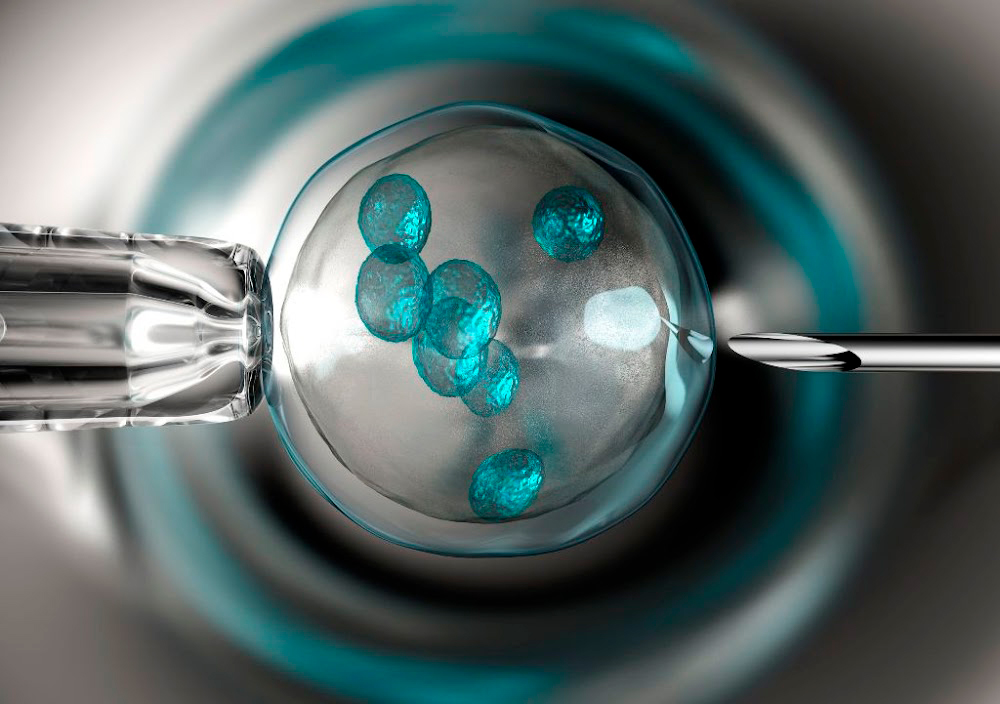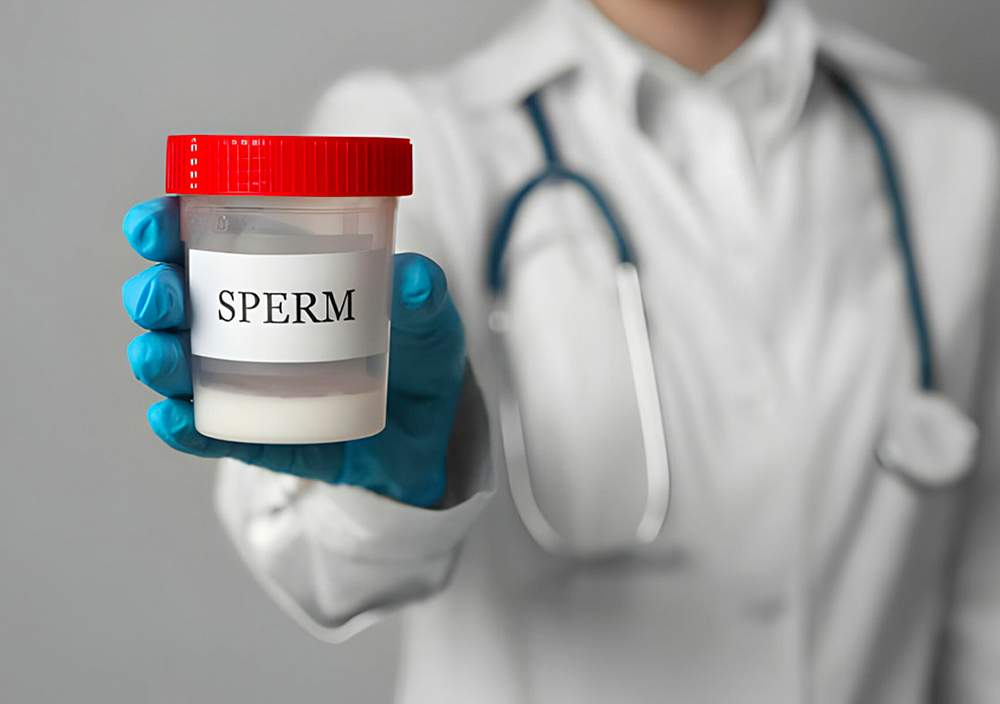A common question patients often ask is, "What do the grades of my embryos tell us about my chances of pregnancy?" The embryo transfer is the final step in in vitro fertilisation (IVF), which involves fertility medications stimulating the ovaries to produce healthy eggs.
These eggs are then retrieved from the ovaries and fertilised in the lab. Once the fertilised eggs begin to divide and develop, the resulting embryos are transferred into the woman's uterus.
For pregnancy to occur, the embryo must implant into the lining of the uterus.
The doctor selects the best embryos for transfer, typically around two to three days before the procedure.
Various techniques are used to aid in embryo selection, and noninvasive methods, such as metabolomic profiling, are being explored. Metabolomic profiling analyses several factors to identify the most viable embryos, potentially reducing the need for invasive procedures in the future.
After fertilisation, the embryos are cultured for 1-2 days. If multiple high-quality embryos develop, unused ones can be frozen for future use.



Egg donor IVF is a fertility treatment option for those who can't use their eggs for whatever reason.
The success rates for egg donor IVF are good, especially when using a screened egg donor (as opposed to a family member or friend)—higher than the average IVF success rates for couples not using a donor.
While egg donor IVF means the intended mother will not be genetically related to her child, the intended father will be. (Unless a sperm donor is also being used.) This makes it a more attractive idea than embryo donor IVF. With an embryo donor, neither intended parent would be genetically related to the child.
Sperm donation is a process in which a man donates semen—the fluid containing sperm released during ejaculation—to assist an individual or couple in conceiving a child.
Donated sperm can be used to either inseminate a woman's reproductive organs through intrauterine insemination (IUI) or to fertilise mature eggs in a laboratory through in vitro fertilization (IVF). This practice is referred to as third-party reproduction.
A sperm donor can be either known or anonymous to the recipient. When the donation is made to a known recipient, it is referred to as a directed donation.

